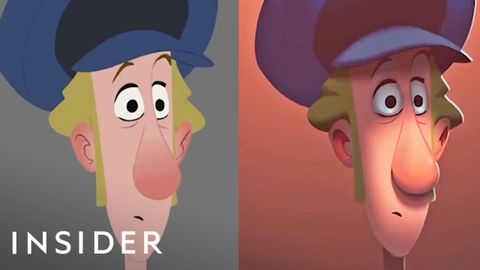Netflixの「クラウス」が2Dアニメーションを3Dに見せる方法|映画インサイダー (How Netflix's 'Klaus' Made 2D Animation Look 3D | Movies Insider)
Taka が 2021 年 01 月 14 日 に投稿  この条件に一致する単語はありません
この条件に一致する単語はありませんUS /ˈprɑsˌɛs, ˈproˌsɛs/
・
UK /prə'ses/
- v.t.(コンピュータの)データを処理する;処理する;処理する;一連の工程を経る;加工する : 加工処理する;理解する
- n. (c./u.)手続き;一連の行為;方法;訴訟手続き;プロセス (コンピューター)
- adj.(すぐには)分からない : 捉えにくい;微妙な
US /ɪˈluʒən/
・
UK /ɪ'lu:ʒn/
US /ɪˈlæbəret/
・
UK /ɪ'læbəreɪt/
- v.t./i.詳細に述べる;精巧に作る;詳しく展開する
- adj.手の込んだ : 精巧な : 入念な
エネルギーを使用
すべての単語を解除
発音・解説・フィルター機能を解除

